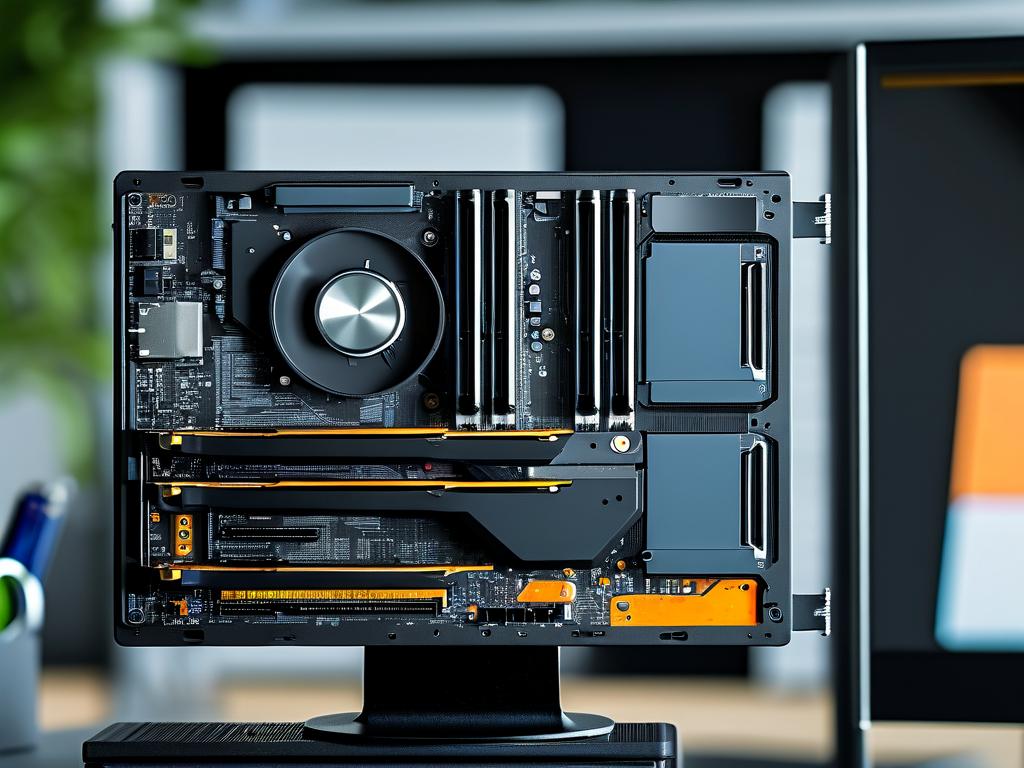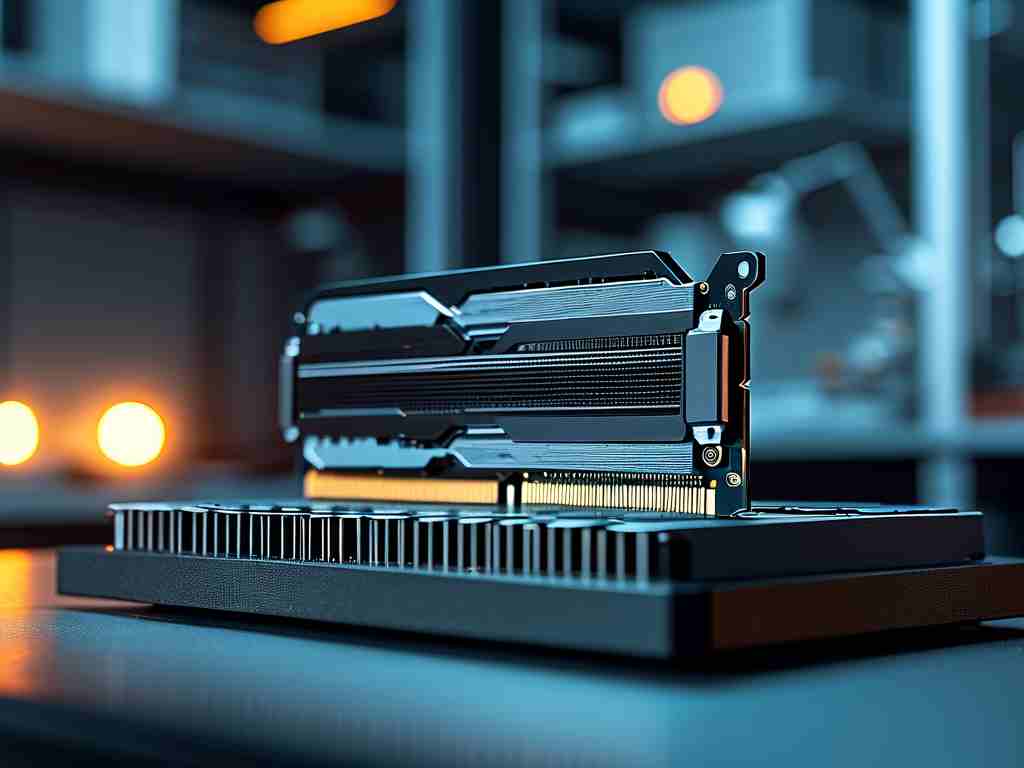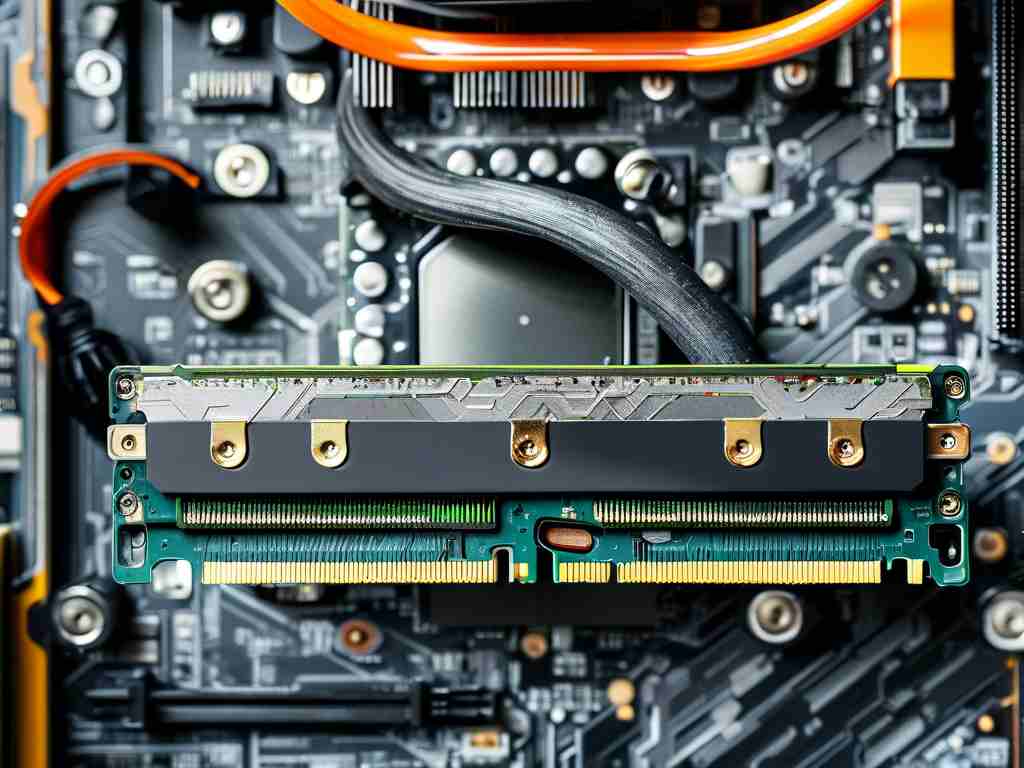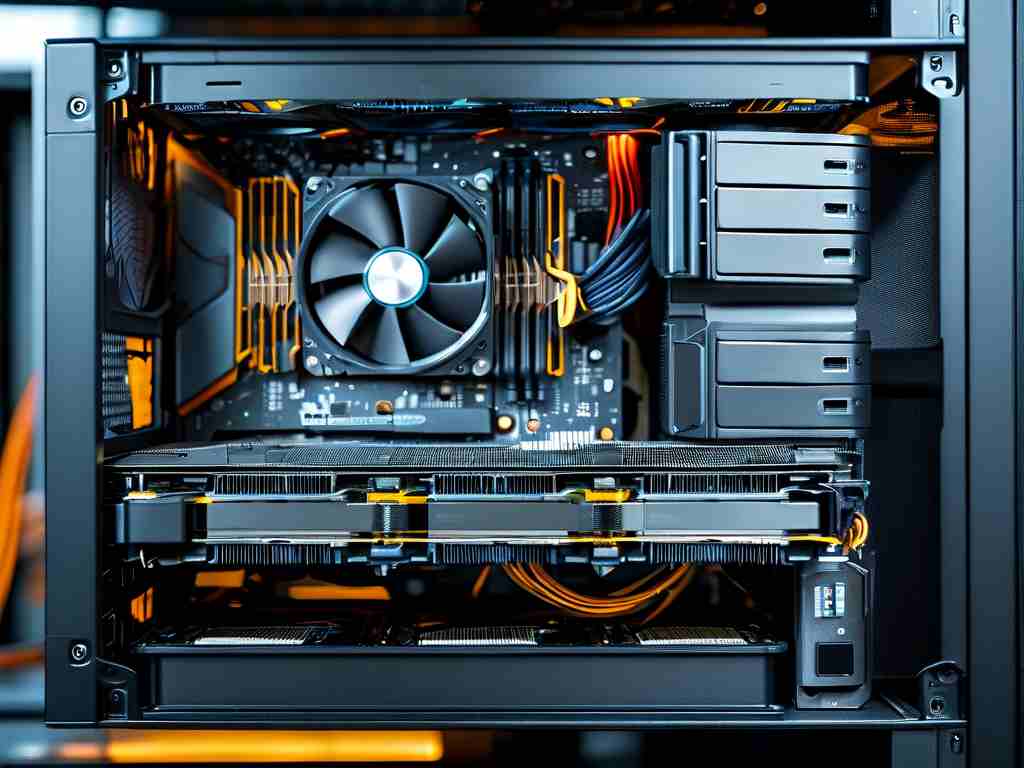Upgrading your computer’s memory (RAM) is one of the most effective ways to boost performance, especially if you’re dealing with slow multitasking or frequent system freezes. However, determining how much memory your system requires involves more than just picking the largest capacity available. This guide explores the key factors to consider when upgrading RAM, ensuring compatibility and optimal results.
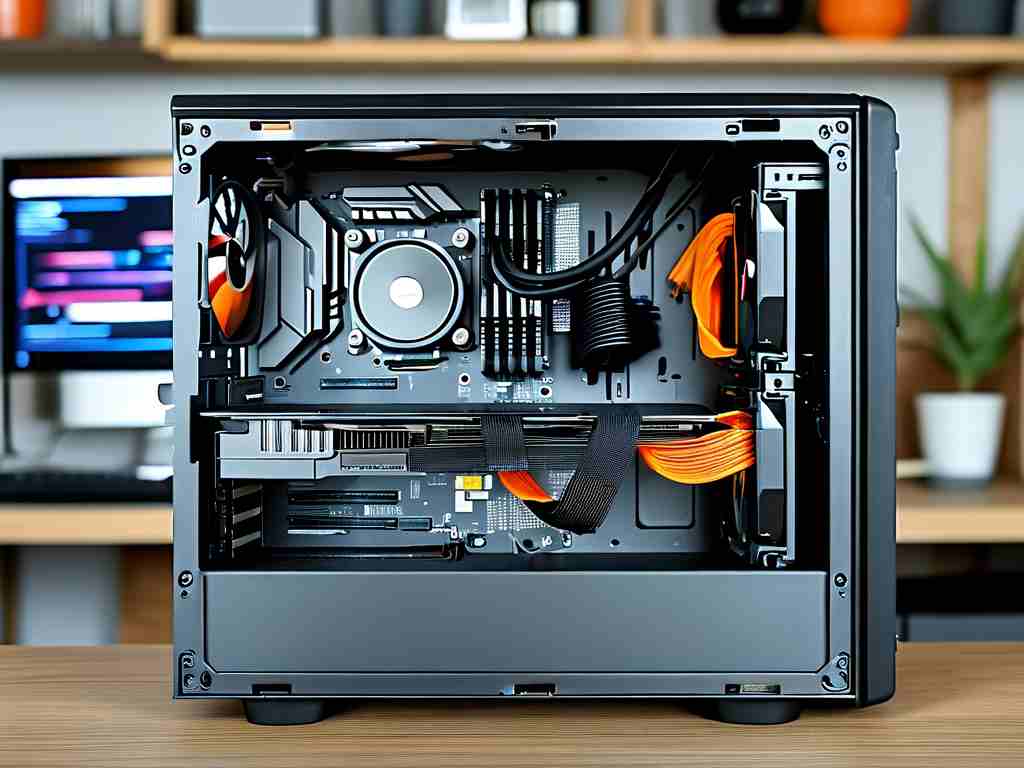
Understanding Memory Needs by Use Case
The amount of RAM required depends heavily on your workflow. For basic tasks like web browsing, email, and document editing, 8GB of RAM is often sufficient. Users running resource-heavy applications—such as video editing software, 3D modeling tools, or modern AAA games—should aim for 16GB or higher. Professionals working with large datasets, virtual machines, or complex simulations may benefit from 32GB or more. Always assess your current usage via task manager tools to identify bottlenecks before purchasing.
Compatibility Checks
Not all memory modules work with every system. Start by verifying your motherboard’s specifications:
- Type: DDR3, DDR4, or DDR5 (modern systems typically use DDR4/DDR5).
- Speed: Measured in MHz (e.g., 2400MHz, 3200MHz). Ensure the RAM matches your motherboard’s supported speeds.
- Capacity Limits: Some motherboards cap total RAM (e.g., 64GB max). Check manufacturer guidelines.
- Channel Configuration: Dual- or quad-channel setups can enhance performance but require matching stick sizes and speeds.
Balancing Capacity and Budget
While higher RAM capacities future-proof your system, overspending on unused resources is unnecessary. For example, a gaming PC with 32GB of RAM may see minimal gains over 16GB if games rarely exceed 12GB usage. Prioritize balancing capacity with your budget, and consider leaving slots open for future upgrades.
Installation Best Practices
Installing RAM is straightforward but requires care:
- Power off the system and disconnect all cables.
- Ground yourself to avoid static damage.
- Align the notch on the RAM stick with the slot and press firmly until clips engage.
- Boot the system and verify detection in BIOS/UEFI or OS settings.
Troubleshooting Common Issues
If new RAM isn’t recognized, reseat the modules and ensure they’re fully inserted. Incompatible speeds may cause instability; manually adjusting BIOS settings to match manufacturer specs often resolves this. Mixing different RAM brands or sizes can sometimes work but may disable dual-channel modes.
Future-Proofing Considerations
Technology evolves rapidly, so plan ahead. Opt for slightly higher speeds or capacities if budget allows, especially if upgrading a newer system. For older machines nearing obsolescence, minimal upgrades may suffice until a full system replacement.
In summary, upgrading RAM demands a balance of technical knowledge and practical needs. By evaluating your usage, verifying hardware compatibility, and following installation best practices, you can revitalize your computer’s performance without overspending. Always cross-reference manufacturer guidelines and user reviews to make informed decisions.


